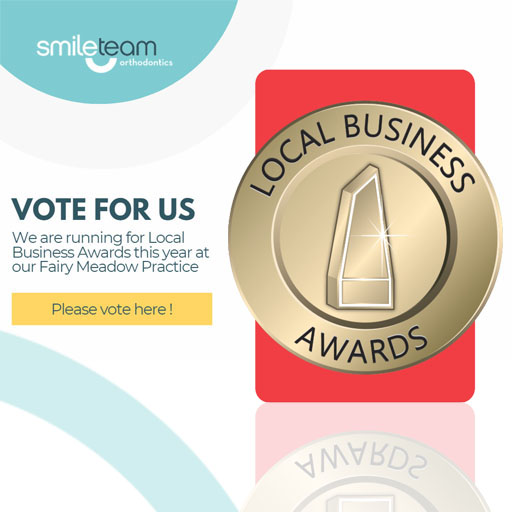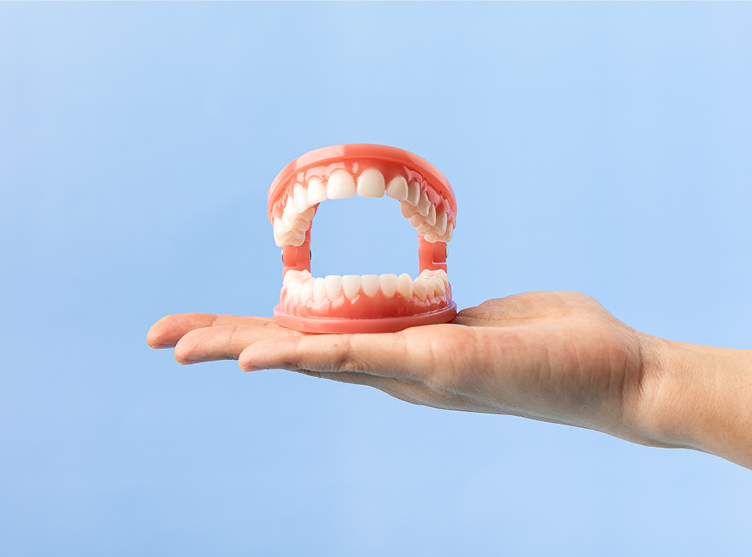
There are various types of braces you can consider when you’re thinking to align your smile through orthodontic treatment. The preferred teeth straightening treatment may depend on your current bite, age and lifestyle.
However, the first step to figuring out which orthodontic treatment suits you best starts with understanding the different types of orthodontic treatments. Let’s dive deeper into the options we offer here at Smile Team; from metal braces, braces lingual (braces on the tongue side of teeth), to invisible braces and more.
Traditional Metal Braces
Traditional metal braces are the dental braces overly represented in pop culture as stereotypical nerds, but these exaggerated versions don’t give a true representation of today’s experience with this effective way of aligning patients’ teeth.
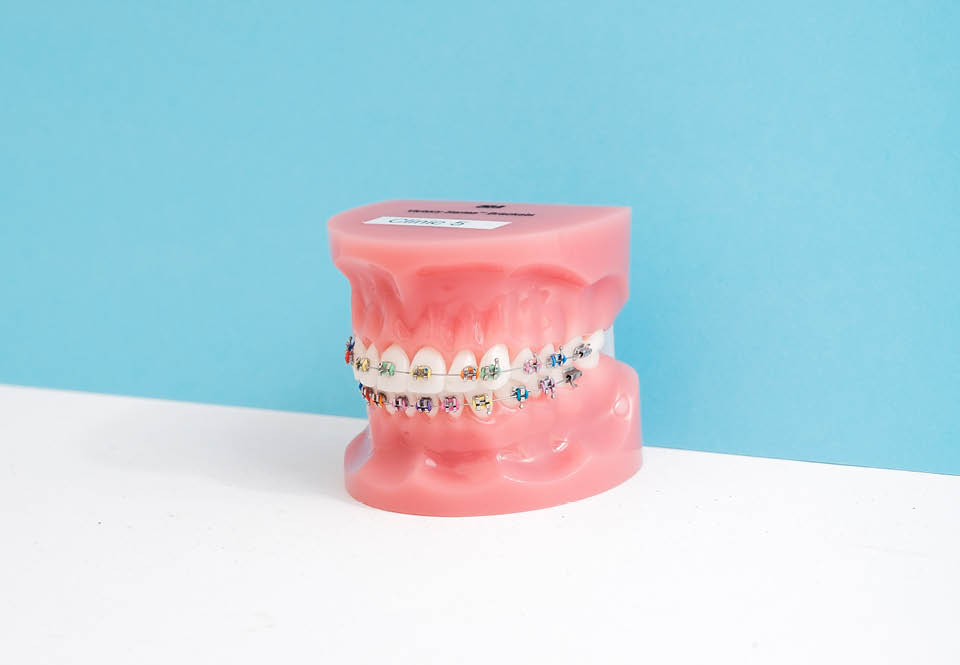
If you’re unfamiliar with metal braces, the way they work is simple. They consist of metal brackets and wires. Your orthodontist will attach brackets to you teeth, connecting them with a thin metal wire and securing it through elastic bands. Through gentle pressure, these dental braces will straighten teeth.
Yes, they still are the noticeable type, but thanks to modern technology, traditional metal braces are much smaller than they used to be. The metal brackets are less noticeable, and cause less discomfort than before. Plus, they can straighten more complex bites than some of the alternatives. You can also pick and change your colours at each appointment.
Ceramic Braces
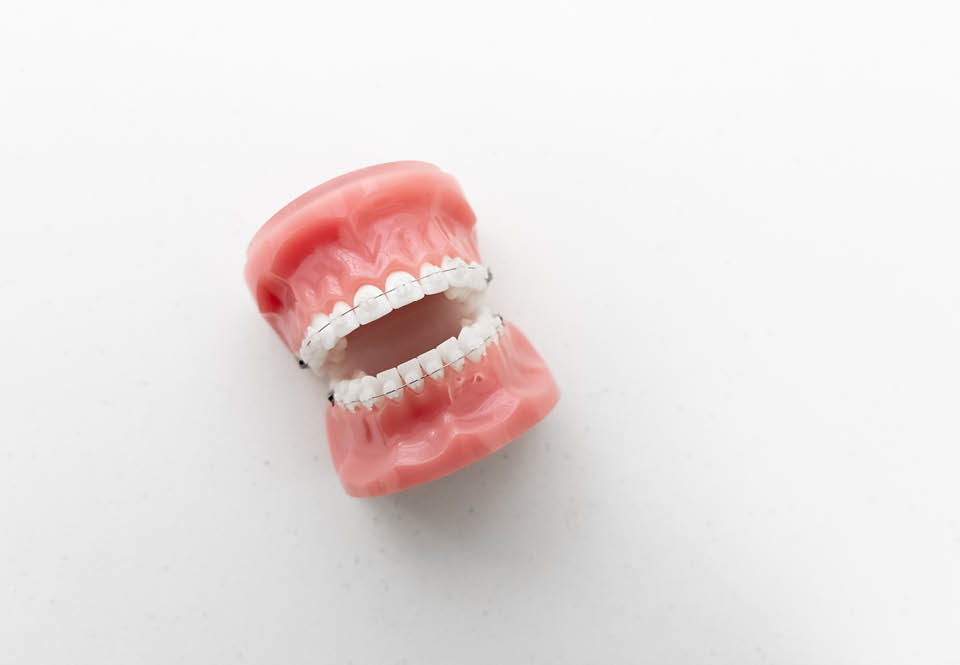
Ceramic braces work similarly to metal braces, however the metal brackets are replaced with ceramic braces – making them less visible. This type of treatment is still an effective type of treatment for all kinds of cases, just keep in mind ceramic braces are slightly more fragile than metal braces and with certain foods the elastic ring holding the bracket to the wire can discolour.
Self-Ligating Braces
Self-ligating braces use a built-in system to secure the arch wire to the brackets. While they don’t need elastics to keep the arch wire in place, they do still need adjusting by an orthodontist – it just may be a tad quicker. They generally have the same pros and cons as traditional metal braces or ceramic braces, for that matter.
Lingual Braces
Lingual braces practically use the same gear as conventional braces, but they’re fixed to the back of your teeth, on the -you guessed it- lingual side of your teeth. And since lingual braces are behind your teeth, they’re nearly invisible. However, lingual braces are trickier to place and maintain, which you’ll see reflected in an increase of price. Plus, since there isn’t much extra room on that side of your mouth, lingual braces may cause some discomfort getting used to.
Invisalign®

Invisalign® is a completely different approach compared to traditional braces and their closely similar alternatives. These clear aligners are fully removable retainers. Custom made for each patients bite, they slowly move your teeth in the right position – one set of retainers at the time.
If you already know this type of treatment, you’d be familiar with their biggest benefit: they’re nearly invisible. Plus, since they’re completely removable, you can keep eating, drinking and playing sports like you usually would.
Just keep in mind this type of treatment only works when you actually wear your retainers for at least 22 hours a day. Consistency and determination is key!
What type of braces are recommended for Children, Teens & Adults?
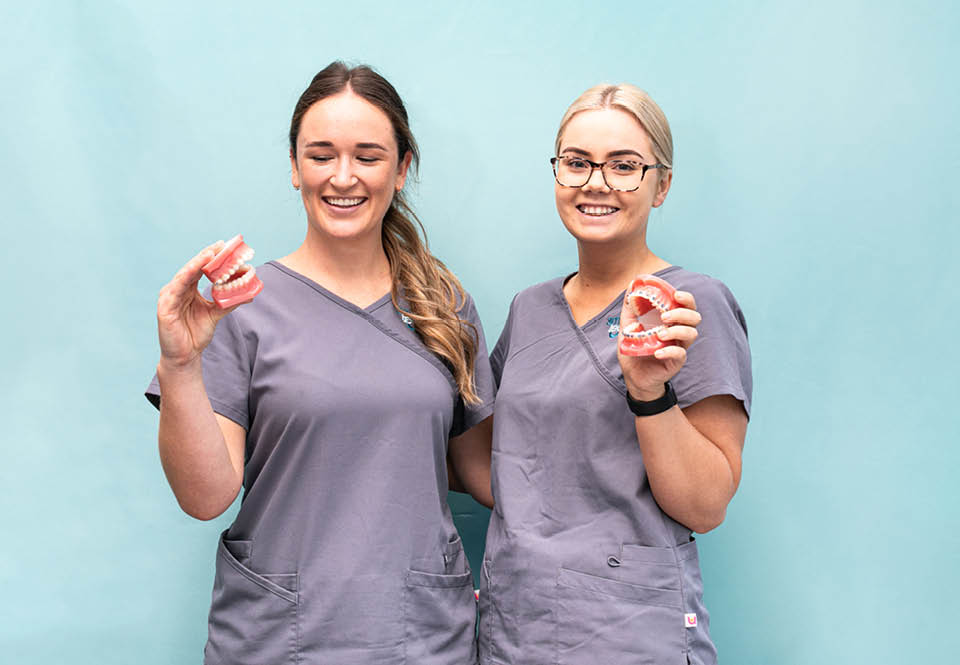
Braces for children
You may be surprised to hear the recommended first seeing an orthodontist between the age of 8 and 10. At this age, the dental specialist can evaluate your kid’s teeth and determine if they may need early treatment – which can be beneficial in the long run. They won’t only assess the first visible permanent tooth, but also the ones that are yet to break the surface to help predict their future growth.
If it turns out your kid would benefit from early orthodontics treatment, the choice of type of treatment could still depend on your kid’s bite. However, it’s key to remember Invisalign® retainers are fully removable; making it easier for kids to lose or refuse to wear.
Braces for teens
Having fully removable braces is a catch-22; especially for teens. While we understand that in these years of growing up, teens can be particularly conscious of their looks. Having near-invisible retainers can help make them feel confident during their smile-journey, but it can also mean they won’t wear their retainers consistently. It’s worth talking through the options, not only with a specialist, but also with your teen.
Braces for adults
You’re never too old to align your teeth. And while traditional braces are still an effective and popular treatment for adults, many adults opt for Invisalign® clear aligners. We can see why: braces can make patients feel self conscious, and the custom retainers are near invisible. You won’t have to adjust any of your lifestyle choices, but adults are also likely to understand the true benefits of wearing their retainers for a minimum of 22 hours a day.
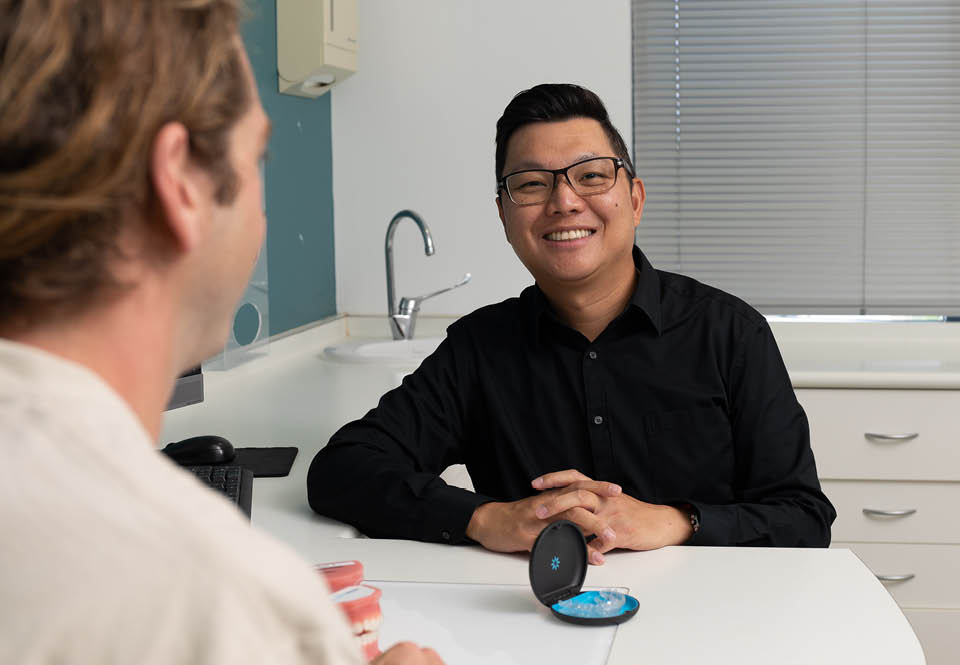
Just keep in mind that more complex cases are not suitable for this type of treatment. So, if you’re looking to align a more complex bite, you may not get the opportunity to pick this type of treatment. Mind you: the alternatives are still effective and thanks to modern technology a lot less noticeable anyways.
Things to consider
Oral Health
Once your teeth are in their desired position, you want to make sure you have the pearly whites you dreamt about. And no matter which orthodontic treatment you pick, you need to stay on top of your oral hygiene to make sure to maintain a healthy smile. No matter your orthodontic problems, wearing braces require a little more attention to your oral health.
Comparatively, most patients would say lingual braces are the hardest so keep clean for the same reason they are trickier to place for your orthodontist. Traditional braces, no matter if they’re metal braces traditional, made from ceramic material or even clear brackets, stain easily on your tooth or teeth. This happens when food or food particles get stuck between your brackets, elastic bands, heat activated archwires and tooth, so patients are required to brush their teeth more often and make sure nothing is left between the orthodontics.
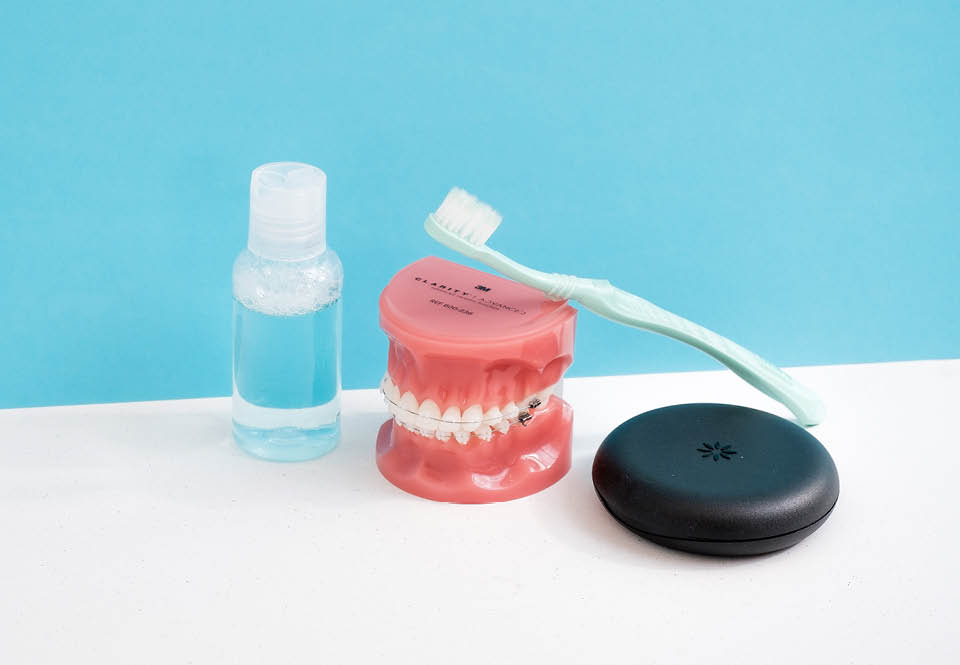
Finally, the clear aligner treatment. These clear braces are practically invisible, making is an appealing option, but that doesn’t mean your teeth don’t need extra care while fixing your orthodontic issues. If you don’t brush your teeth each time you eat or drink, food particles and their bacteria get locked in my the clear plastic aligners.
Lifestyle
Traditional braces, apart from self ligating braces, may need some adjustments in lifestyle; in playing ball sports for example. Especially the brackets on front teeth may be more prone to cause injury may something unfortunate happen. Clear correct Invisalign® aligners are the most flexible option when it comes to lifestyle, simply because the aligners are completely removable.
Can’t Decide?
We’ve mentioned before that the options of treatment change from one person to the next. The same goes for the price tag of your orthodontics, as we understand it’s not simply all about looks and lifestyle. If you’re unclear what type of braces you’d prefer, the best place to take the next step is at a consultation.

Our friendly Smile Team crew can help you answer any questions you may have, and give you a clearer insight into your options and their costs. We appreciate the importance of understanding your options, so you can come in for an assessment at Smile Team Orthodontics. We’re here to help you achieve a better smile!
